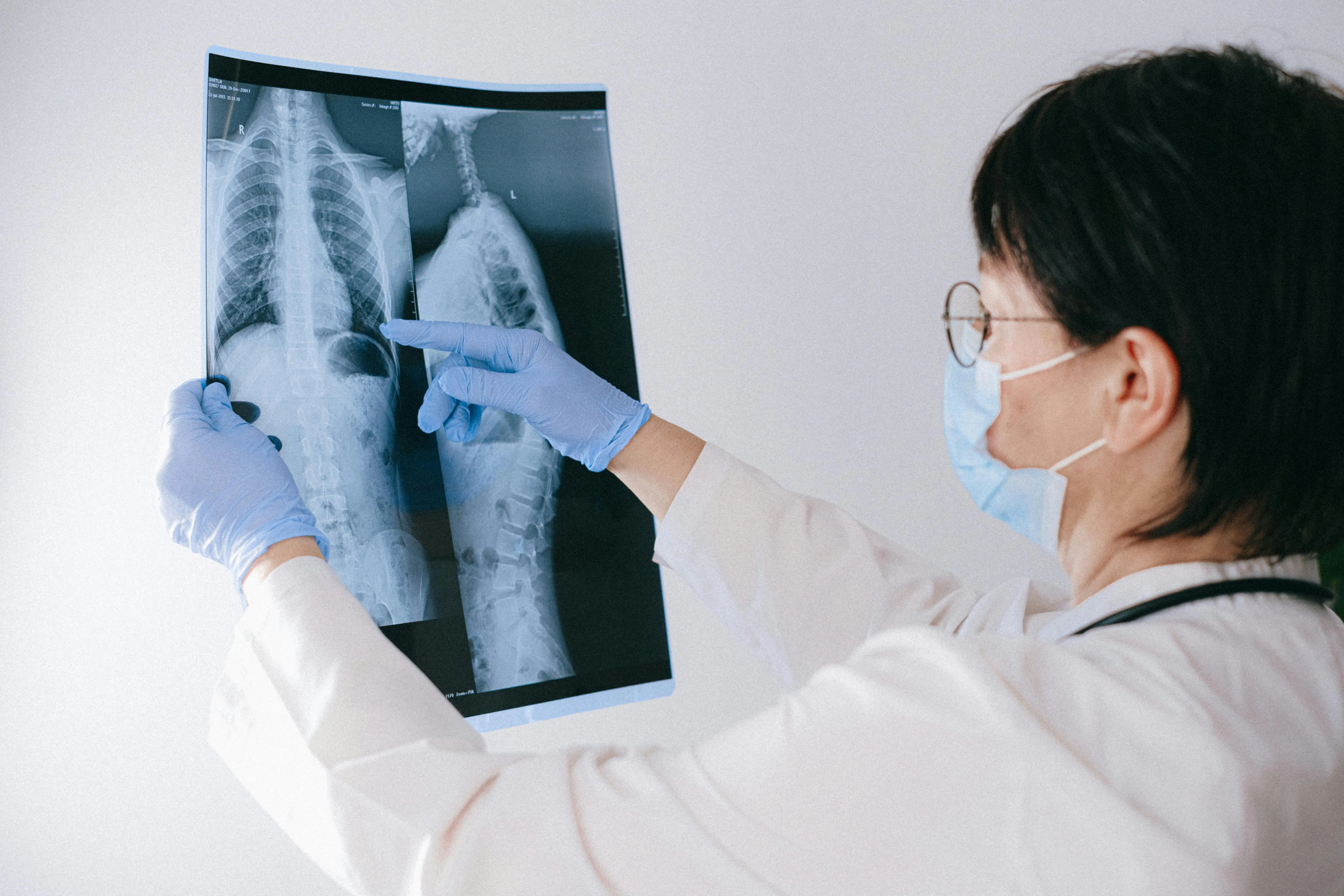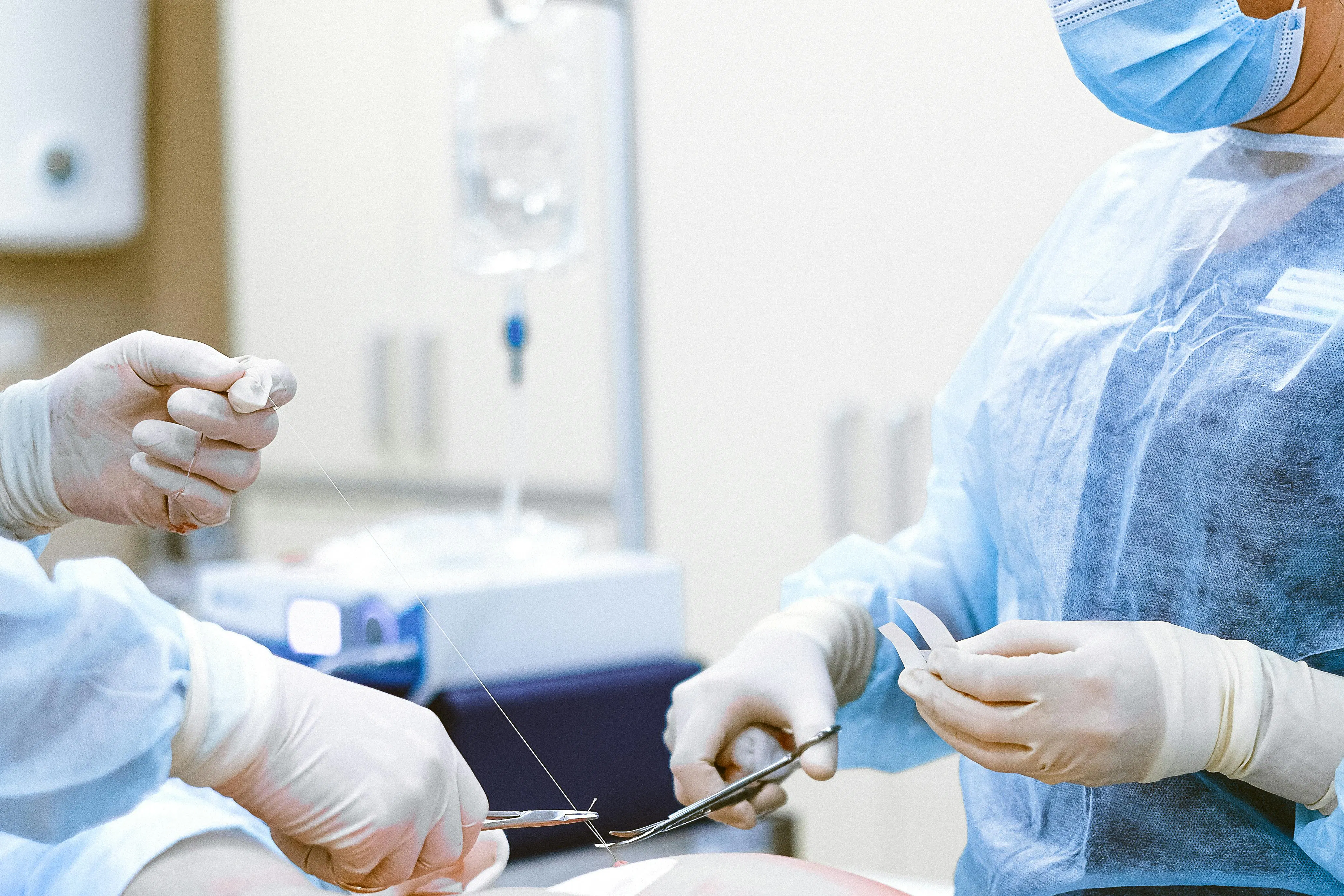
Reading Time
8
Published
May 15, 2024
Milwaukee Brace vs Boston Brace: Which One Is Better for Scoliosis Management?
It seems like more and more children, teenagers, and adults are being diagnosed nowadays with back problems, including scoliosis, lordosis, or kyphosis. These issues usually appear during a person’s developmental years, which is why prevention and awareness are crucial to avoiding bigger problems down the line towards adulthood. Scoliosis is quite common, but how exactly does it manifest, and how can it be treated?
Written By
Momentum Health
Scoliosis is a medical condition characterized by a significant curvature of the patient’s spine. Symptoms can range from mild to moderate to life-threatening, depending on severity and evolution. The first signs of scoliosis usually appear in childhood or during teenage years, when intervention and management are imperative to prevent the curve from progressing.
Treatment for scoliosis involves both bracing and non-bracing methods, and a medical professional can make recommendations specific to each case. In many cases, wearing a brace is the only way to prevent curve progression as the patient grows into adulthood. While bracing can seem scary, especially to a child or teenager, it is not as bad as it looks, and the good news is that it can be quite effective. Here’s what you need to know.
What is the role of bracing in scoliosis?
Braces are quite common among children or teens struggling with scoliosis because it’s the most effective tool during periods of growth. Once the spine is fully developed, surgery becomes the main therapeutic option, which is why bracing at the right moment is key.
Doctors usually recommend bracing for scoliosis patients who are still growing and who have a spinal curvature over 25 degrees. The brace is then designed to hold the spine in place and prevent the curve from worsening as the patient grows, but it can also reduce existing curves in some cases. So, what types of braces are there, and what are some of their advantages and disadvantages?
Types of braces for scoliosis
Bracing as a treatment for scoliosis can be traced back to 16th Century France, when Ambrose Paré, a French army surgeon, first developed a metal brace to treat spinal deformities in soldiers. Technology and medicine have luckily evolved significantly since, with different types of back braces designed for different categories of scoliosis patients.
Some types of braces, like the Charleston brace or the Providence brace, are designed to only be worn at night, with the patient lying down. This means more freedom and flexibility during the day, and the patient can enjoy a normal day-to-day life without any issues. Others, like the Boston, Milwaukee, or Wilmington braces, are meant to be worn full-time to ensure that pressure is applied constantly on the spine to reduce its curvature. Though more invasive for the patient, they are also more effective.
Out of all back braces available for the treatment of scoliosis, the most popular options are the Boston brace and the Milwaukee brace. The Boston brace is highly effective at preventing existing curves from progressing, while the Milwaukee brace also helps correct and revert spinal curvatures. Let’s look at each of these two popular options in more detail.
The Milwaukee brace
Known as the original CTLSO (cervico-thoracic-lumbar-sacral orthosis) brace, developed in 1945, the Milwaukee brace is commonly recommended to patients who have a high thoracic curve. It is designed to work from the pelvis all the way up to the wearer’s neck, manipulating the entire upper body of the patient. This ensures that the entire spine is supported and properly aligned, preventing further curvature from developing.
This type of brace features a contoured plastic pelvic girdle and a neck ring connected through a metal bar both at the front and at the back. The neck ring holds the head in a central position aligned with the pelvis, while the metal bars allow the torso to extend, all while manipulating the spine with strategically placed pressure pads. Over the years, the Milwaukee brace has undergone various updates and changes, in terms of both effectiveness and patient comfort, but overall, the design is mostly unchanged since 1975.
The Boston brace
The Boston brace is the most commonly recommended bracing method for scoliosis patients nowadays. It was first designed in the early 1970s by two doctors at the Boston Children’s Hospital, and it’s a type of TLSO (thoracolumbosacral orthosis) brace.
Compared to the Milwaukee brace, the Boston brace has a smaller frame, consisting of plastic components designed to mold to each patient’s body. It extends from just below the breast to the beginning of the pelvic area, covering most of the patient’s torso, and applies pressure to the spine’s curve to prevent it from progressing. The way it works is by pushing in the abdomen and flattening the lumbar curve, and it’s reportedly one of the best braces for stopping curve progression, which also makes it incredibly popular. There are variations on the Boston brace, with some braces also including a neck ring, but these are less commonly used. Overall, the Boston brace is slightly more comfortable and easier to wear throughout the day than the Milwaukee brace, which is why it’s often recommended to teens and young adults.
How do doctors choose between Milwaukee brace and Boston brace?
The decision-making process will involve various factors, such as the patient’s age, the degree of their curvature, symptoms, prognosis, other health conditions, lifestyle, and any other relevant factors. Usually, Milwaukee braces are recommended for spinal curves with the apex above T7, while Boston braces are commonly used to correct curves with the apex below T8.
Keep track of your curvature risk-free with Momentum Spine
If you or someone you love are diagnosed with scoliosis, and you want to keep track of its progression from the comfort of your own home, whenever you want, then why not give Momentum Spine a try?
Our app can measure a patient’s Cobb Angle through a simple video taken on a smartphone. Regular at-home scans with Momentum Spine can help patients determine whether they need to be seen in the clinic or not, without exposing themselves to X-rays every few months. Through imagery-guided AI predictions, Momentum Spine allows patients and their physicians to keep track of their curve progression and intervene timely. Early intervention and prevention are especially critical when it comes to children or teens diagnosed with scoliosis. The app allows parents to monitor the progression at home, risk-free, and take preventative action to avoid the necessity of a brace or more invasive interventions over time.
Learn more on our website or try the app yourself! Available now on the App store and the Google Play Store!
Frequently Asked Questions
Other
More articles you may find interesting


